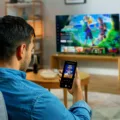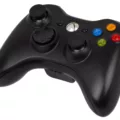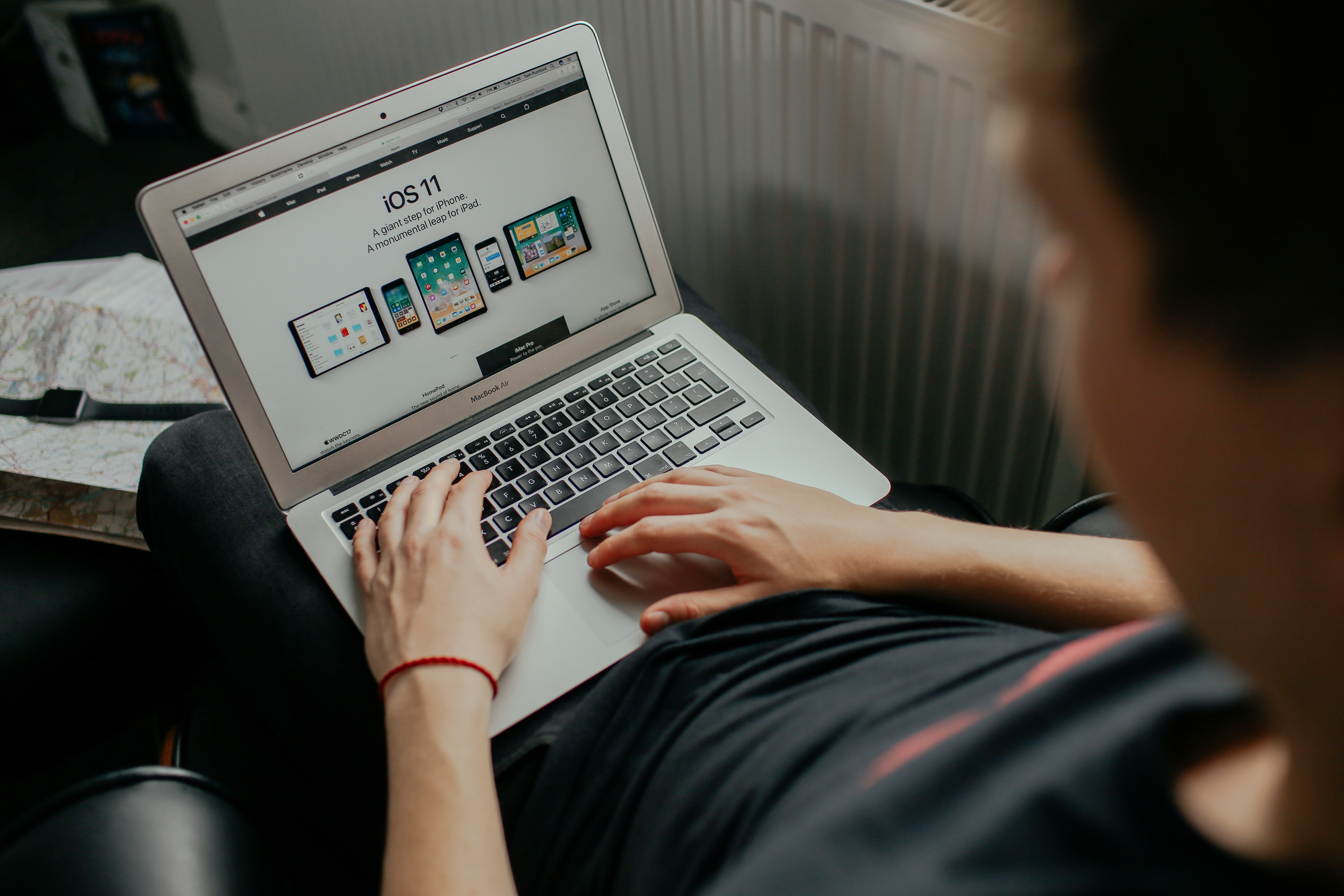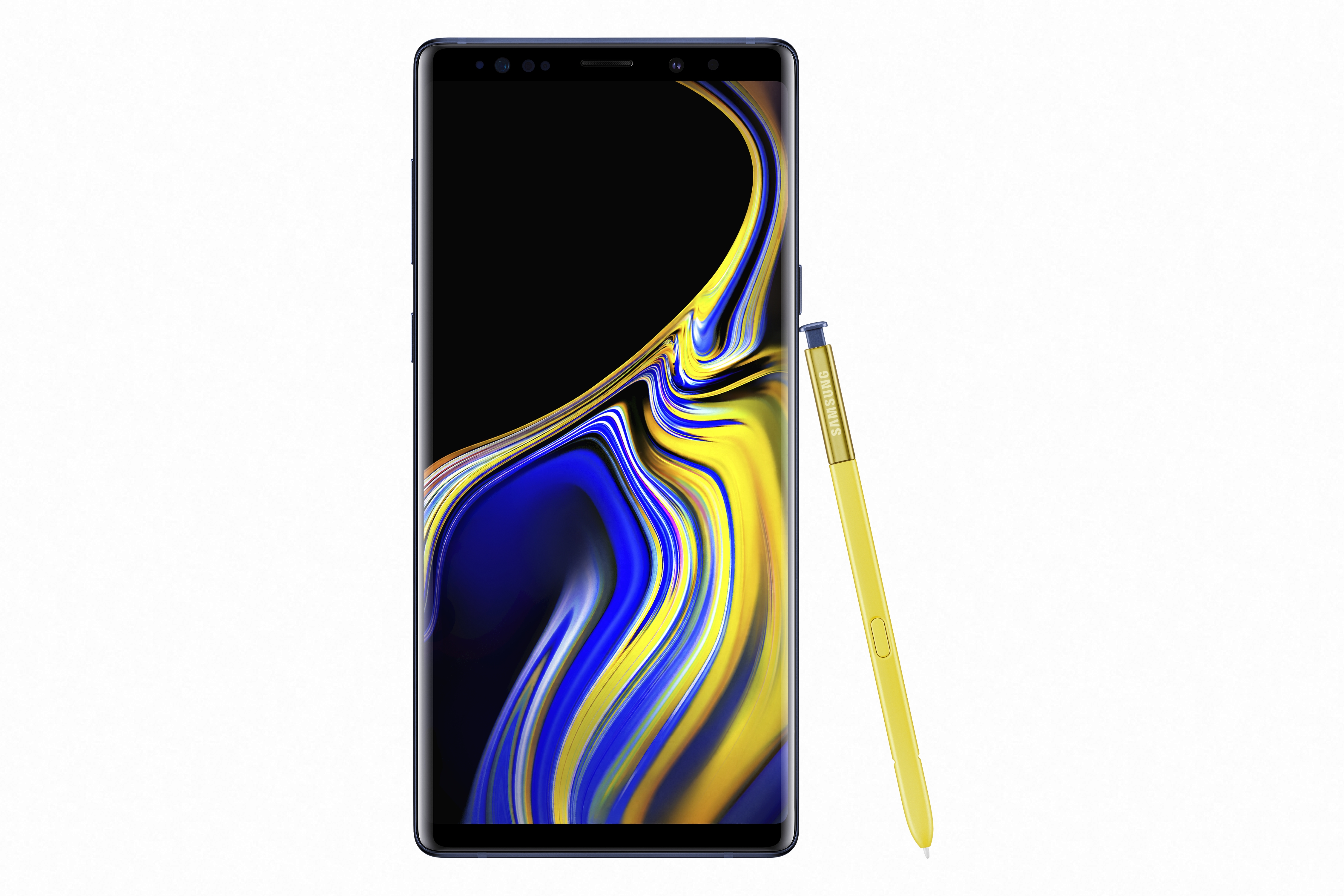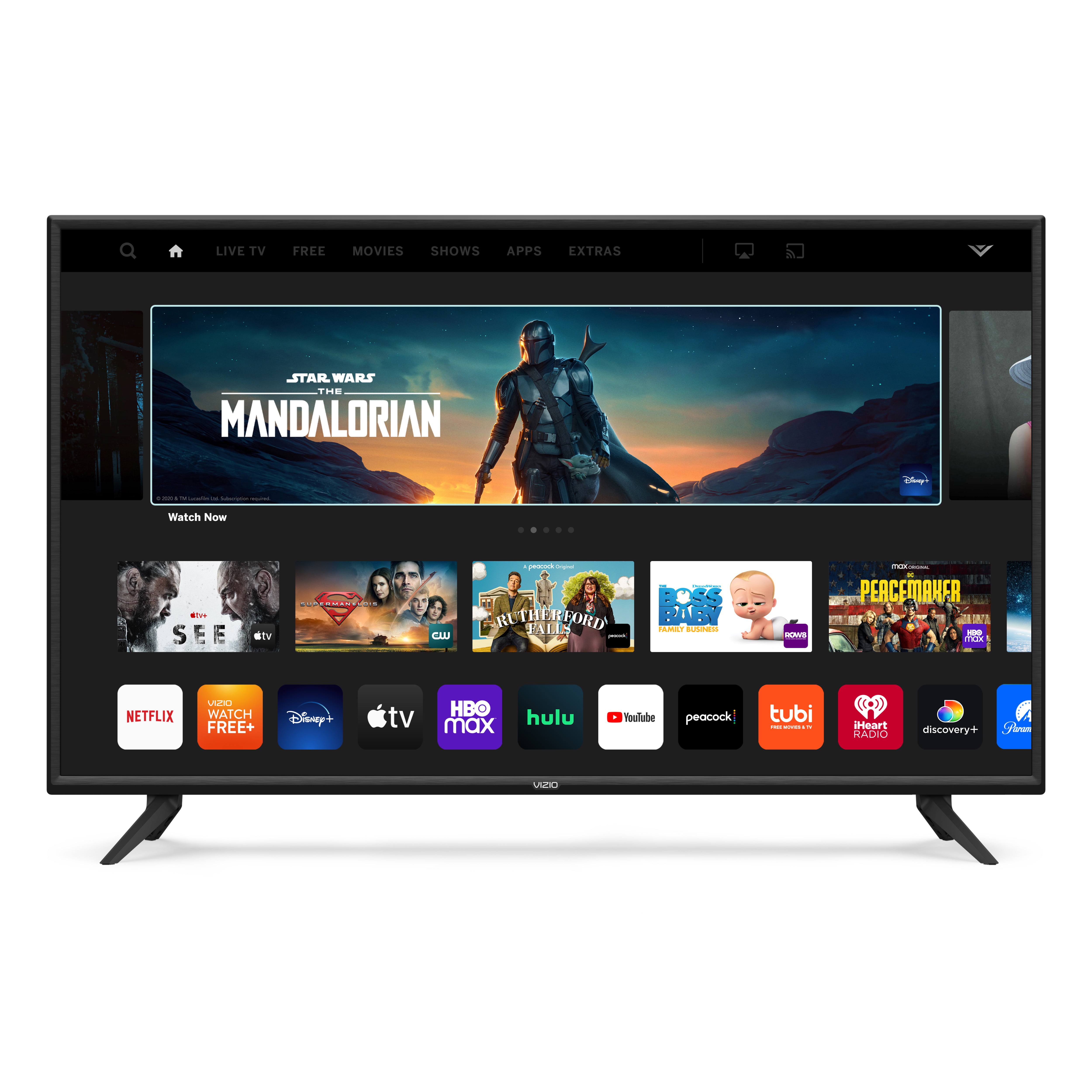Wired controllers offer a seamless gaming experience on your Android phone or tablet. With their reliable connection and minimal input lag, they are a popular choice for mobile gamers. In this article, we will guide you through the process of connecting a wired controller to your Android device.
To connect a wired controller to your Android phone or tablet, you’ll need a USB OTG (On-The-Go) adapter. This adapter allows you to connect USB peripherals, such as game controllers, to your Android device. You can easily find USB OTG adapters online or at electronics stores.
Once you have the USB OTG adapter, follow these steps to connect your wired controller:
1. Plug the USB end of the adapter into your Android device’s charging port.
2. Connect the wired controller’s USB cable to the USB port on the adapter.
3. Your Android device should recognize the controller automatically. If not, you may need to go to the Settings menu and enable USB OTG support.
Now that your wired controller is connected, you can start enjoying your favorite Android games with enhanced control. Many popular games on the Google Play Store are optimized for gamepad support, offering a more immersive gaming experience.
It’s worth noting that not all Android games are compatible with controllers. Before purchasing a wired controller, check the game’s description or reviews to see if it supports gamepad input. Additionally, some games may require you to configure the controller settings within the game’s options menu.
One of the advantages of using a wired controller is that you don’t have to worry about battery life or wireless connectivity issues. The wired connection ensures a stable and responsive gaming experience, which is crucial for competitive gaming or games that require precise inputs.
If you’re looking for a reliable and hassle-free gaming experience on your Android device, a wired controller is a great option. With its easy setup and seamless connection, you’ll be ready to dive into the world of mobile gaming in no time.
Connecting a wired controller to your Android phone or tablet is a straightforward process. By following the steps outlined in this article, you can enhance your gaming experience and enjoy your favorite Android games with precision control. So grab your wired controller, connect it to your Android device, and embark on a gaming adventure like never before!
Can You Use a Wired Controller on Your Phone?
You can use a wired controller with your phone. Android phones support the use of wired game controllers through USB connections. To connect a wired controller to your phone, simply plug the USB cable of the controller into the USB port of your phone. The majority of USB game controllers are compatible with Android devices.
Here are the steps to connect a wired controller to your Android phone:
1. Ensure that your controller is compatible with Android devices and has a USB connection.
2. Connect the USB cable of the controller to the USB port of your phone.
3. Your phone should recognize the controller automatically. If not, go to the Settings menu on your phone.
4. In the Settings menu, find the “Connected devices” or “Bluetooth & device connection” section.
5. Look for the “USB” or “USB accessories” option and tap on it.
6. Your phone should display the connected controller as an available device.
7. Tap on the controller’s name to connect it to your phone.
8. Once connected, you can start using the wired controller to play games on your Android device.
Using a wired controller offers the advantage of a stable and direct connection, eliminating any potential lag between the controller and the device. It also ensures consistent power supply, as the controller is powered by the phone’s USB port.
Please note that not all games may be compatible with external controllers. However, many popular Android games have built-in controller support or can be configured to work with external controllers. You can check the game’s settings or consult its documentation to see if it supports gamepad input.
Using a wired controller with your Android phone provides a more immersive gaming experience, allowing you to enjoy mobile games with the familiar feel of a traditional game controller.
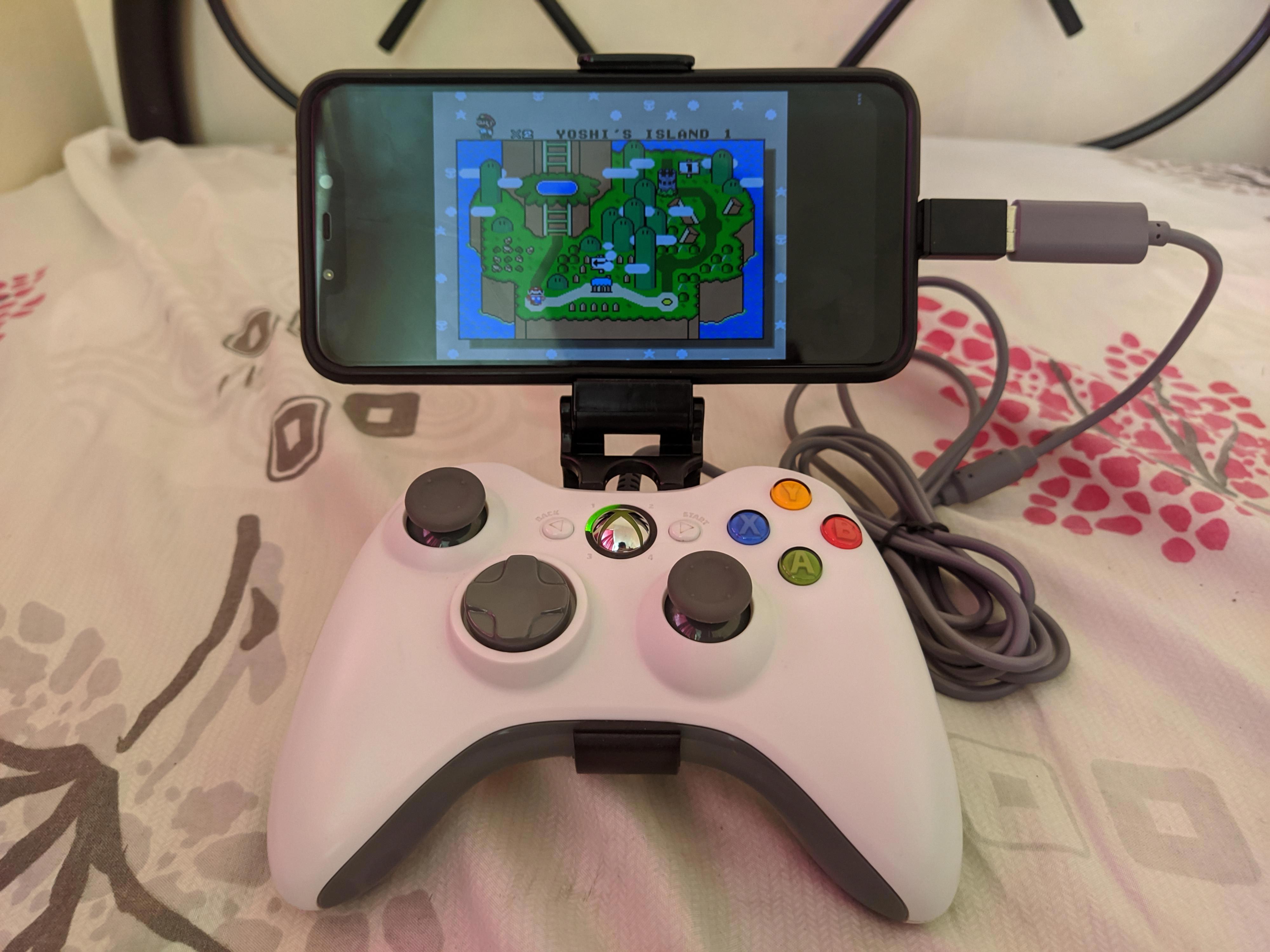
How Do You Connect a Controller to an iPhone?
To connect a controller to an iPhone, follow these steps:
1. Put the controller in pairing mode: Press and hold the appropriate button or buttons on the controller to activate its pairing mode. This will make it discoverable by your iPhone.
2. Open Bluetooth settings on your iPhone: Go to the settings menu on your iPhone and tap on “Bluetooth” to open the Bluetooth settings.
3. Enable Bluetooth: If it’s not already enabled, toggle the Bluetooth switch to turn it on. This will allow your iPhone to search for nearby Bluetooth devices.
4. Find the controller in the list of devices: Your iPhone will start scanning for available Bluetooth devices. Look for the name of your controller in the list of nearby devices. It may appear as a generic name or with a specific brand/model name.
5. Select the controller: Once you find the controller in the list, tap on it to select it. This will initiate the pairing process between your iPhone and the controller.
6. Complete the pairing process: Follow any on-screen prompts or instructions to complete the pairing process. This may involve entering a passcode or accepting a pairing request on both the iPhone and the controller.
7. Wait for the connection: Once the pairing process is completed, your iPhone will establish a connection with the controller. This may take a few seconds, so be patient.
8. Test the connection: After the connection is established, you can test if the controller is working properly by opening a compatible app or game that supports external controllers. Try pressing the buttons on the controller to see if they respond on the iPhone screen.
Note: Different controllers may have slightly different pairing procedures, so refer to the controller’s user manual for specific instructions if needed.
Conclusion
Using a wired controller for playing Android mobile games offers several advantages. Firstly, the wired connection ensures a stable and lag-free gaming experience, as there is no delay between your inputs and the actions on the screen. This is especially important for games that require quick reflexes and precise controls.
Secondly, a wired controller eliminates the need for batteries or charging, as it draws power directly from the device it is connected to. This means that you can enjoy uninterrupted gaming sessions without worrying about the controller running out of power.
Additionally, wired controllers often have a more ergonomic design, providing a comfortable grip for extended gaming sessions. The physical buttons and analog sticks offer tactile feedback, enhancing the overall gaming experience and making it feel more immersive.
Furthermore, wired controllers are generally more affordable compared to wireless options. This makes them a cost-effective choice for gamers who are on a budget or prefer a simpler setup without the need for Bluetooth pairing.
Lastly, wired controllers have wider compatibility, as they can be easily connected to various devices such as Android phones, tablets, and even PCs or gaming consoles. This versatility allows you to use the same controller across different platforms, making it a convenient option for multi-device gaming.
A wired controller is a reliable, responsive, and cost-effective choice for Android gamers. It provides a stable connection, comfortable grip, and wider compatibility, enhancing the gaming experience and allowing you to fully enjoy your favorite mobile games.



